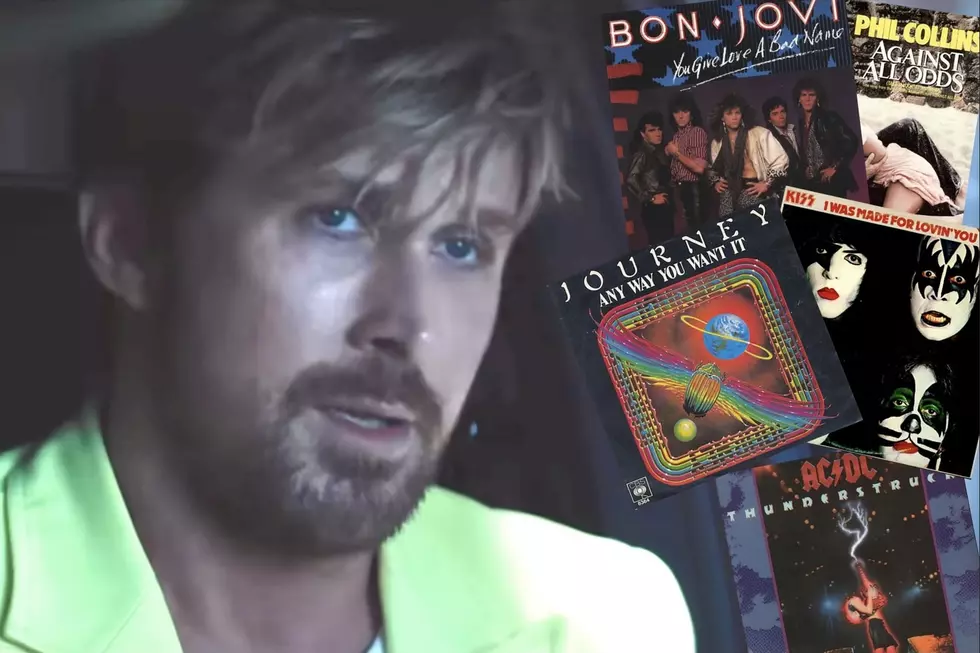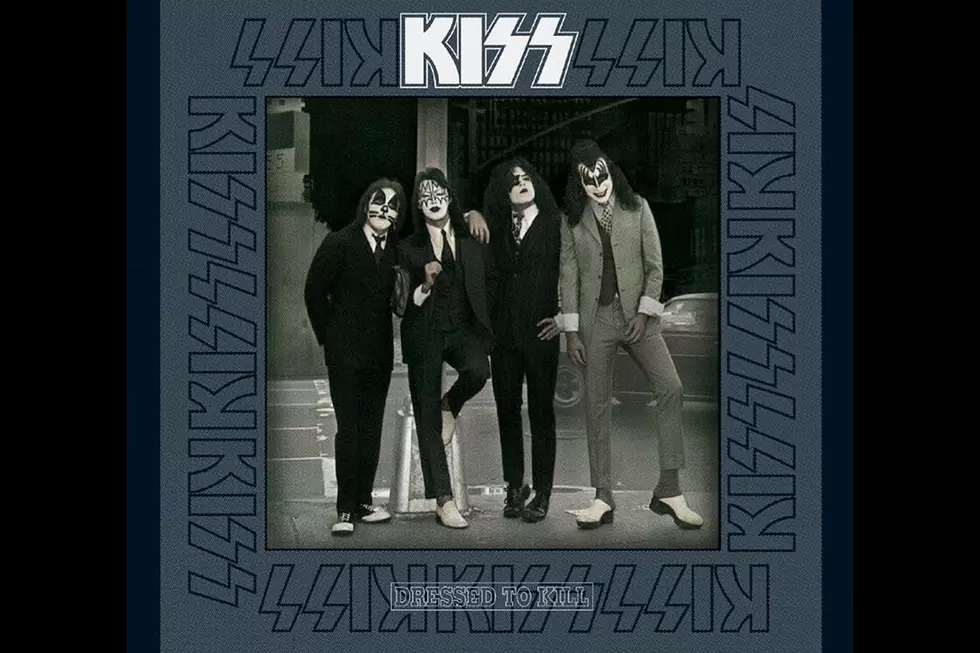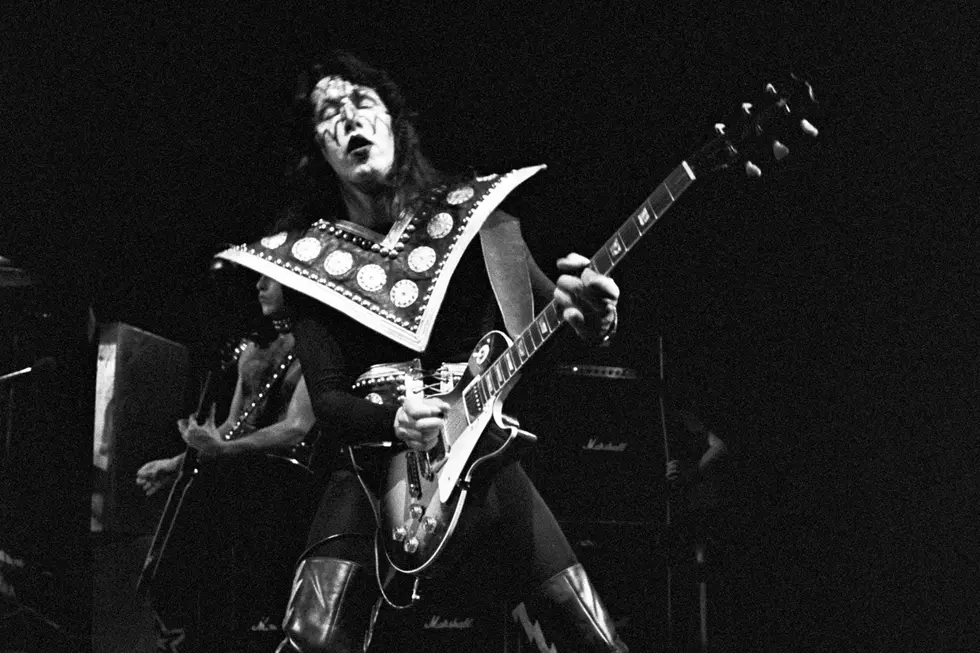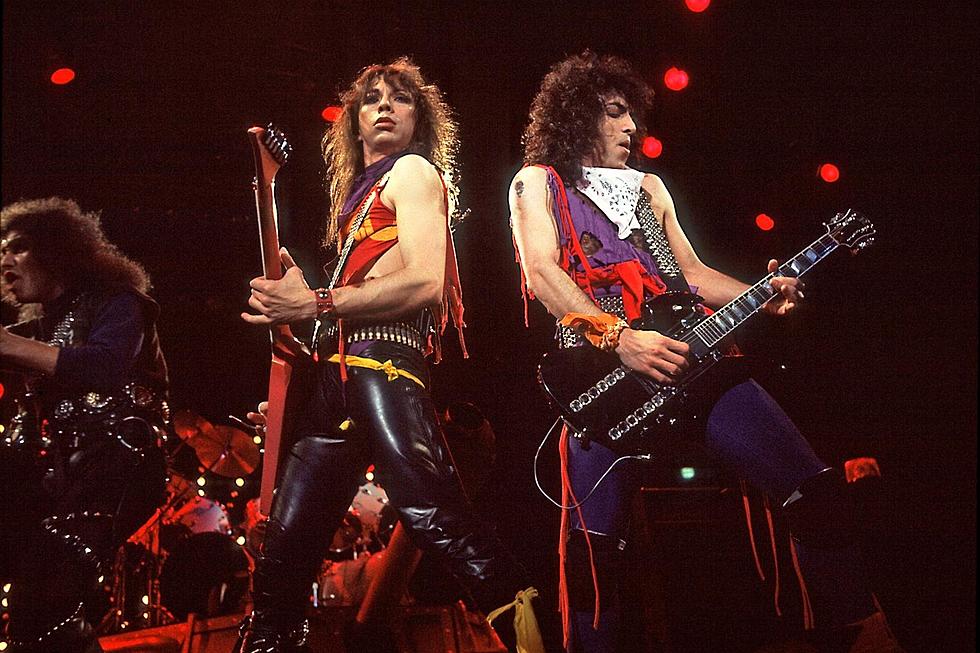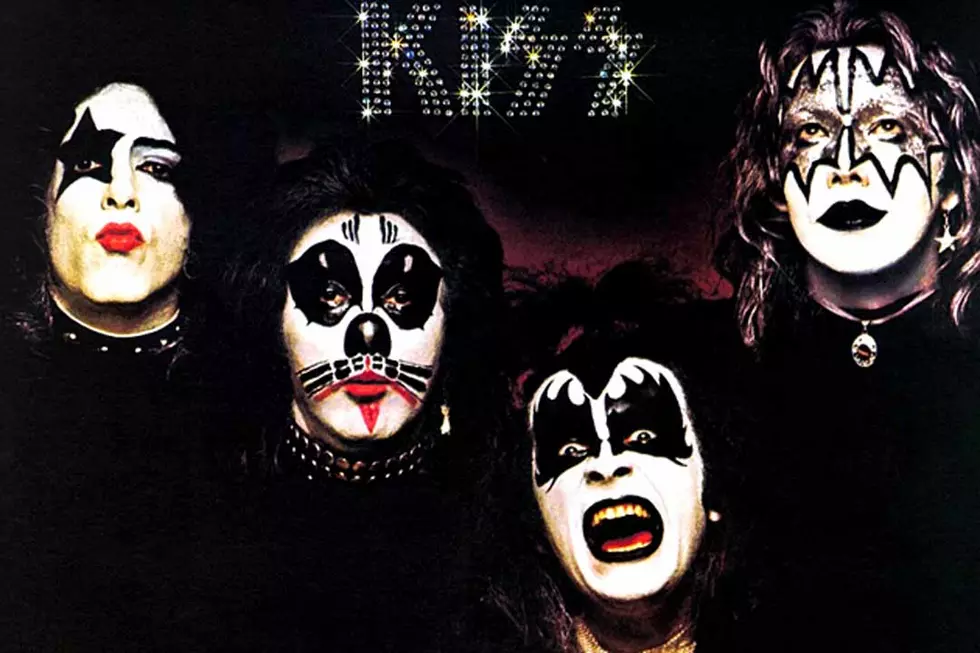
50 Years Ago: Why Kiss’ Self-Titled Debut Was Unfairly Overlooked
A journey of a thousand miles begins with a single step, and for Kiss, the journey to worldwide superstardom began with a single LP: Kiss, which was released on Feb. 18, 1974.
Recorded during a brief burst of studio time in the fall of 1973, Kiss served as the culmination of a master plan hatched by co-founders Gene Simmons and Paul Stanley, who walked away from their previous band, Wicked Lester, believing that a more aggressive sound – and distinctive image – would take them to the next level.
"The band that first knocked me out was the Beatles," Simmons told Melody Maker in 1975. "Up until then, one wasn't aware of the visual presence a group could have. Each had the same haircut, dressed the same, and if you saw one of them walking down the street, you knew that he belonged to that group. And that concept knocked me out, especially the fact that there was no frontman and each member was a quarter of the whole."
To make their sound whole, Simmons and Stanley hooked up with drummer Peter Criss and guitarist Ace Frehley, each member adopting a Noh-style makeup mask as part of what would quickly become one of the most distinctive visual experiences in rock 'n' roll – and a progressively more theatrical stage show that included fire-breathing, fake blood, and lots and lots of volume.
The makeup added a nifty visual hook for the young band, but it also distracted from the music. "We've often been accused of being pretentious, but in actuality our concept of what we're doing is an effort to shy away from pretentiousness," Stanley argued in the Melody Maker interview. "The thing we do is very surface, for there are no built in subtleties in our music or what we do on stage. We feel our whole image is based on the use of imagination."
Continued Stanley, "There's nothing negative about our show. Just go to a concert and see the kids dance in the aisles, singing along with us. We are, in essence, with the audience for we feel we represent the looseness that everybody can identify with. When people look at us they say, 'That's what's inside me,' they understand that's not what they look like, but rather what they feel like."
When asked by Trouser Press why the band wore makeup and "acted like that" onstage, Simmons was more direct. "Why?" Simmons sneered. "Did you see those kids out there? They loved us. They ate it up. We're giving them exactly what they want."
If some were slow to understand the source of Kiss' appeal, Casablanca Records founder Neil Bogart served as the early advocate the band needed. Looking to get his new label off the ground after a long and distinguished career that saw him signing a list of classic acts that included Curtis Mayfield and the Isley Brothers, Bogart immediately heard something special in Kiss.
"I've never been into hard rock until recently. But I can honestly say that Kiss is the first band that I've devoted myself 100 percent to," he told Melody Maker. "In fact, they're everything I've been looking for in a rock band. Their visual show that features a drum set that levitates six feet in the air, a lead singer who blows fire out of his mouth, and their wonderful use of makeup is just a shatteringly satisfying experience. Even more important, is the fact that they're probably one of the best rock 'n' roll bands I've ever heard in my life."
Eventually, millions would come to share Bogart's belief, but initially, it was somewhat slow going for the band. Kiss rose no higher than No. 87 on the Billboard album charts, despite including a stack of future classics like "Strutter," "Nothin' to Lose," "Cold Gin" and "Black Diamond." Additionally, Bogart faced stiff resistance at Casablanca's corporate parent, Warner Bros., who couldn't get the band added at rock radio. Kiss were also enduring a slim (or nonexistent) profit margin on their live shows, which ultimately proved crucial to their long-term success.
In an effort to jump-start sales, Casablanca sent Kiss back into the studio to record a new song, a cover of Bobby Rydell's "Kissin' Time," that was appended to the original track listing and released as a single. The gambit didn't work – "Kissin' Time" peaked at No. 83 – but it didn't slow down the band; they returned with their second LP (Hotter Than Hell) in October 1974 and followed it up with Dressed to Kill in March 1975. None were hugely successful, but they all set the stage for Kiss' big breakthrough: the concert recording Alive!, released in September 1975.
By the end of the decade, Kiss was big business – but in a 1977 interview with Circus, Simmons stressed that they still held the creative reins of an enterprise that, underneath all that makeup, depended more on musical chemistry than anything else.
"We design our own show, we write our own songs. It's a blow to our creative egos to read otherwise," he explained. "People ask, 'Who came up with the idea? Who designed your makeup and costumes? Who told you what to look like?' Because we've been so successful, people assume there's something incredible behind the scenes. But Kiss still is, and always has been, Kiss. That's where it begins and ends. Without the four of us, there's nothing."
Kiss Lineup Changes: A Complete Guide
Kiss Released One of Rock’s Most Hated Albums
More From Ultimate Classic Rock
